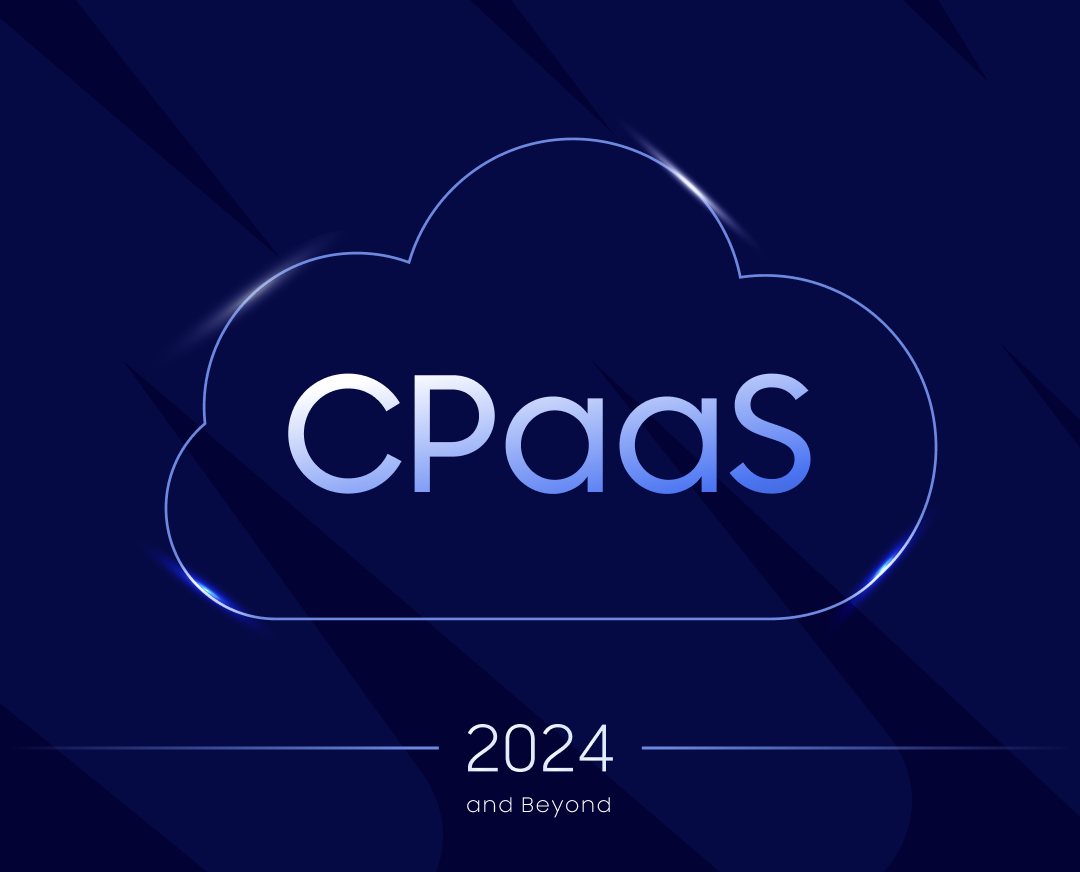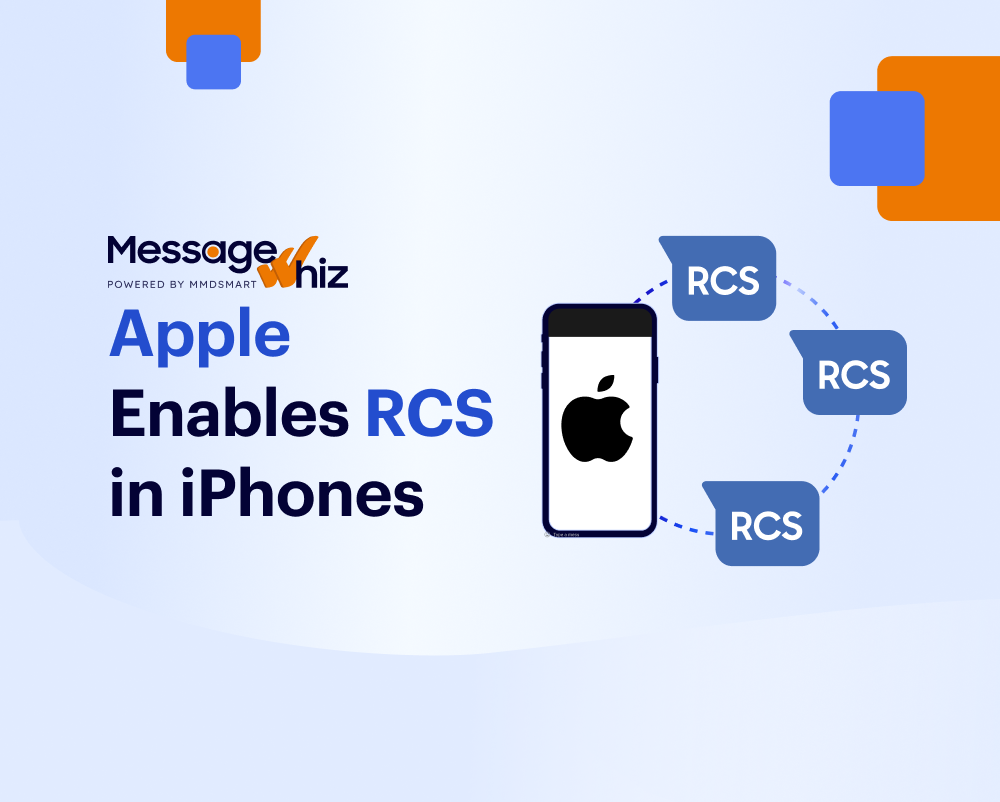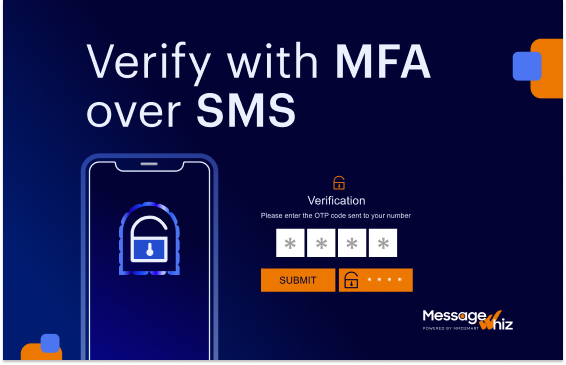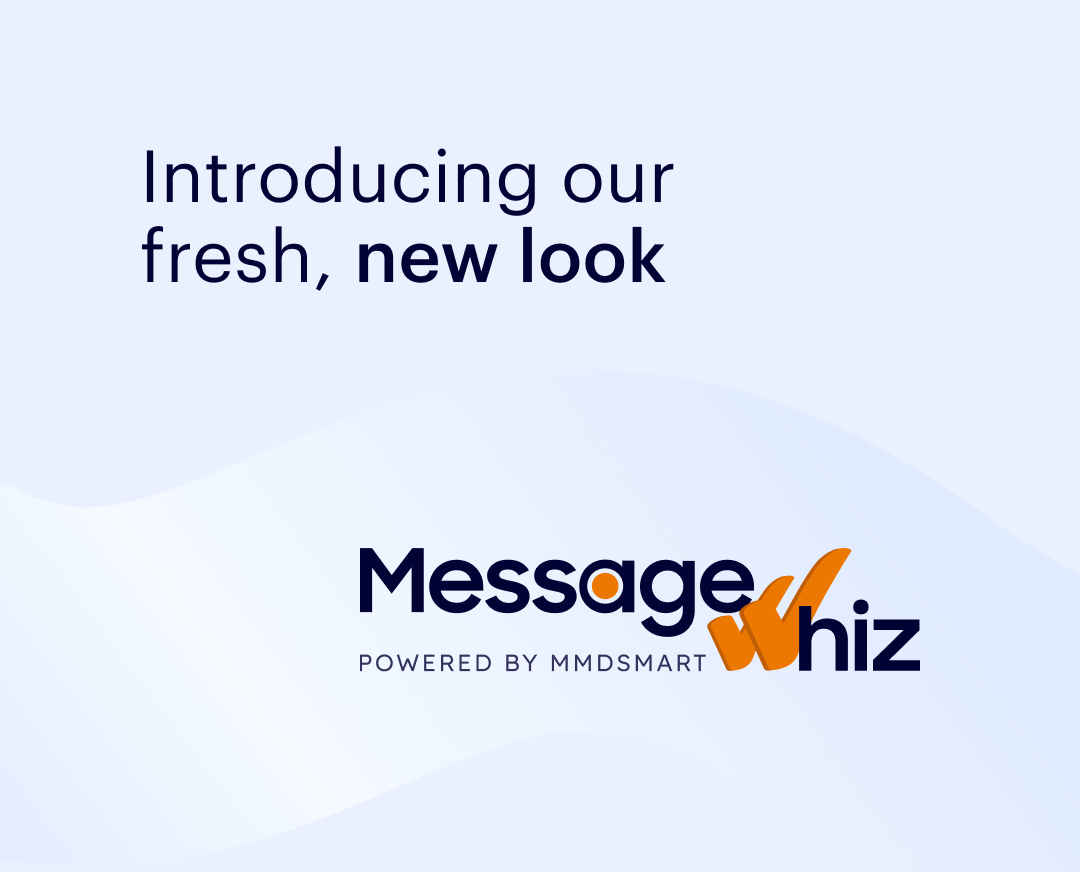As we edge closer to 2024, the digital dialogue between businesses and consumers is being reimagined by CPaaS—Communication Platform as a Service. This innovative platform is not just closing the gap; it’s creating a conduit for conversations that flow as smoothly as a stream. Get ready to explore the transformative trends that CPaaS is set to unfurl over the next twelve months, trends that promise to redefine customer engagement in an era where seamless interaction is not just appreciated, but expected. Let’s delve into the future of communication that CPaaS provides.
CPaaS: A Transformative Force
CPaaS has redefined the way businesses communicate with their audiences. It provides a cloud-based platform that enterprises can incorporate into their apps and services without having to create this software themselves, resulting in a more immersive and dynamic consumer experience. Combining vital communication technologies such as SMS, audio, video, and chat into a single platform enables businesses to engage in 2-way conversations with customers across various channels.
The Need For CPaaS In Customer Relations
CPaaS has become essential in modern business communications due to its seamless integration of various communication channels into business applications. This integration is crucial for delivering a cohesive customer experience, which is now expected in the digital marketplace. Customers no longer tolerate siloed interactions; they demand a unified conversation that spans across chat, email, voice, and social media. CPaaS fulfills this demand by enabling businesses to engage with customers on their preferred platforms without juggling multiple communication systems.
Moreover, CPaaS platforms facilitate rapid innovation within organizations. They allow businesses to quickly adapt to new communication trends and customer preferences without extensive investment in infrastructure. By leveraging CPaaS, companies can deploy advanced communication features, such as AI-driven chatbots or secure video conferencing, with minimal development time, ensuring they stay ahead in a competitive market where agility and responsiveness are crucial to customer retention.
At its essence, CPaaS is a cloud-based platform that enables enterprises to add communication capabilities to their apps using APIs. This cloud-centric architecture orchestrates a seamless fusion of diverse communication strands—from the simplicity of SMS to the richness of video conferencing and the immediacy of instant messaging—directly into the heart of corporate software. Because APIs are used, these services may be readily changed and expanded to meet the demands of the business without the need for backend infrastructure to be built from scratch or a sophisticated telecommunications experience.
How to Build a CPaaS Platform?
Building a CPaaS platform begins with a thorough understanding of the communication requirements that businesses face, followed by the development of a suite of services to meet those requirements. APIs form the foundation of a CPaaS offering and must be robust, secure, and adaptable enough to integrate with a diverse set of systems and applications. To encourage adoption and innovation, developers must focus on creating APIs that are simple to use and well-documented. The platform should be built on a scalable cloud infrastructure that can handle high traffic volumes and scale as the user base grows.
Security is another critical aspect of building a CPaaS platform. As communication often involves exchanging sensitive information, the platform must incorporate end-to-end encryption and comply with international data protection regulations. Alongside security, developing a CPaaS platform must also prioritize reliability and quality of service, ensuring that communication is uninterrupted and clear. This requires a robust backend architecture capable of managing the complex routing of messages and calls, as well as a proactive approach to monitoring and maintenance.
Six CPaaS Trends to Watch in 2024
AI-Powered Customer Engagement
AI is everywhere, so it should come as no surprise to see it topping our list for 2024. AI-driven chatbots and virtual assistants will continue to play a central role in customer interactions. They will become more sophisticated, offering personalized, real-time responses and enhancing the customer experience. AI’s impact will extend beyond chat into optimizing call lists and improving the success of call centers.
Omnichannel or Multichannel Integration
It seems that every year, omnichannel is on a list like this. Improved integrations between CPaaS and backend CRM systems will turn the promise of omnichannel to life. It couldn’t come at a better time. Customers expect a consistent experience across all channels. In 2024, CPaaS will enable businesses to integrate communication across chat, voice, video, and social media platforms, allowing consistent and convenient customer interactions.
Security and Privacy
CPaaS operators will continue to invest in security and privacy tools or risk the fury of their customer base. Look out for solutions that include robust encryption and regulatory compliance features. This will ensure that sensitive customer information is protected and businesses can adhere to evolving regulations.
Real-Time Analytics
Analytics is continuing to drive innovation and growth. More advanced analytics tools will be provided by CPaaS providers to assist businesses in gaining deeper insights into customer interactions. Real-time data analysis will enable better decision-making and provide CPaaS operators with the ability to adapt to customer needs swiftly.
Enhanced Developer Tools
CPaaS platforms will continue the legacy of cloud-based innovation with more developer-friendly tools. These software innovations will make it easier for businesses to customize and integrate communication features into their applications and services, ultimately leading to a superior customer experience.
Global Reach
CPaaS operators will continue to improve their efficiency with pop-up communication centers designed to facilitate low-cost, local, native-language customer support.
What is the future of the CPaaS industry?
The CPaaS market is expected to expand its scope beyond traditional communication channels. Future developments could include using blockchain for secure transactions, advanced biometric authentication methods for improved security, and augmented reality for immersive customer support experiences. As businesses accelerate their digital transformations, CPaaS will continue to evolve, providing more innovative ways for companies to engage with their customers while remaining competitive in an increasingly connected world.
As CPaaS evolves, it will have a significant impact on businesses and customer engagement. In 2024 and beyond, MessageWhiz’s CPaaS platform will serve as the foundation for efficient and productive customer communications, enabling our client companies to build stronger connections with their audiences. These trends are just a glimpse of the exciting developments in the world of CPaaS, and at MessageWhiz, we anticipate even more innovation and transformation in the years to come.
MessageWhiz is a notable player in the CPaaS landscape, particularly distinguished for its robust SMS capabilities. As a company specializing in smart messaging solutions, MessageWhiz offers a suite of services that harness the power of CPaaS to deliver tailored and effective communication strategies. Our business communication platform is designed to facilitate seamless interactions between businesses and their customers, leveraging the immediacy and ubiquity of SMS. With features that support two-way messaging, automation, and personalization, MessageWhiz ensures that text messaging campaigns are not only far-reaching but also resonate on a personal level with recipients. Learn more about how CPaaS can transform your customer relationships.
Explore MessageWhiz’s Industry-Specific CPaaS Solutions
MessageWhiz delivers a comprehensive suite of CPaaS solutions that are customized for the communication requirements of various industries. Each sector benefits from customized features that address its unique challenges and opportunities:
- Financial Services: In the financial sector, security and reliability are paramount. Our CPaaS for financial services ensures that every transaction, alert, and notification is not just a message but a secure bridge of trust between you and your clients.
- E-Commerce: For e-commerce platforms, timely and personalized communication can significantly enhance the customer experience. MessageWhiz’s e-commerce CPaaS solutions transform every customer interaction into an opportunity for growth, from personalized promotions to seamless order updates.
- Gaming: Power up your player engagement with real-time, interactive communication channels. Our gaming industry CPaaS is the secret level-up to keeping your community connected and in the game.
- Travel and Hospitality: Send your customers on a journey with confidence. MessageWhiz’s travel CPaaS offerings provide a world-class itinerary of communication tools, ensuring that every traveler’s experience is as smooth as their bookings.
- Logistics and Transportation: Logistics companies require efficient coordination and timely updates. Our Logistics CPaaS solutions can keep your operations moving at the speed of now, ensuring that every package’s journey is tracked and communicated with precision.
- Healthcare: The healthcare industry needs secure, HIPAA-compliant communication channels. MessageWhiz’s healthcare CPaaS solutions facilitate appointment reminders, patient follow-ups, and health alerts with the necessary privacy and sensitivity. Connect with patients through secure, compliant messaging that respects both their needs and their privacy.
CPaaS FAQs
Is CPaaS cloud-based?
It is a cloud-based solution which enables businesses to integrate communication features such as voice, video, and messaging into their applications without the need for backend infrastructure. Because it is cloud-based, CPaaS provides scalability and flexibility, allowing businesses to grow their communication capabilities while only paying for the services they use.
What is A2P in CPaaS?
Within CPaaS, A2P or Application-to-Person messaging is a critical component. It is the process of directly sending messages from an application to a user’s mobile device. This messaging format is frequently used to deliver automated customer messages, such as bank alerts, appointment reminders, or promotional offers. A2P is a cornerstone of CPaaS platforms as it facilitates direct and immediate communication with customers, enhancing engagement and operational efficiency.
How do I choose a CPaaS provider?
Selecting a CPaaS provider is a strategic decision that hinges on the specific needs of a business. It’s critical to assess a provider’s communication tools and whether they align with the company’s customer engagement strategy. Furthermore, the provider’s platform should be robust enough to scale as the business grows. Another critical factor is reliability, as any downtime can have a significant impact on customer interactions. Given the sensitive nature of communication data, security features, and regulatory compliance are also critical. Finally, when selecting a CPaaS provider, consider the ease of integration into existing systems, the level of customer support, and the cost structure.
MessageWhiz excels in the context of CPaaS by providing a platform that is both intuitive and powerful, allowing for the easy integration of SMS services into existing business applications. This integration is critical for businesses that want to engage with customers in a direct and efficient manner, whether for marketing, customer support, or transactional alerts. The commitment of MessageWhiz to innovation in the CPaaS space is evident in our continuous enhancement of features, ensuring that their clients can leverage the latest in communication technology to stay ahead in a dynamic market.
What’s the distinction between CPaaS and SaaS?
Both CPaaS and SaaS are cloud-based services, but they serve different functions and provide different solutions. CPaaS focuses on improving and streamlining business communication capabilities, allowing developers to integrate multiple communication channels into their applications. Software as a Service (SaaS), on the other hand, provides online access to software applications, eliminating the need for local installation and maintenance. While CPaaS adds communication functionality to existing services, SaaS provides a complete software solution through the cloud.
Who needs CPaaS?
CPaaS is essential for businesses across various industries that aim to create a seamless communication experience for their customers. Whether it’s a retail company looking to send out promotional messages, a healthcare provider sending appointment reminders, or a financial institution needing secure and reliable customer service channels, CPaaS can be tailored to meet these diverse needs. It is extremely valuable for businesses that have a high volume of customer interactions and want to maintain their competitive advantage by leveraging the latest in communication technology.
What are the risks of CPaaS?
While CPaaS offers numerous benefits, it also comes with certain risks. Security is a primary concern, as communication platforms are often targets for cyberattacks, and any breach can lead to significant data loss and erosion of customer trust. Compliance is another risk area; businesses must ensure that their CPaaS solution adheres to the regulations governing data protection and privacy. Reliability risks are also present; if a CPaaS provider experiences downtime, it can directly affect a company’s ability to communicate with its customers. Integration challenges may arise, potentially leading to additional costs and complexity. Finally, there’s the risk of vendor lock-in, where a business becomes so dependent on its CPaaS provider that switching to another provider becomes difficult and costly.

























